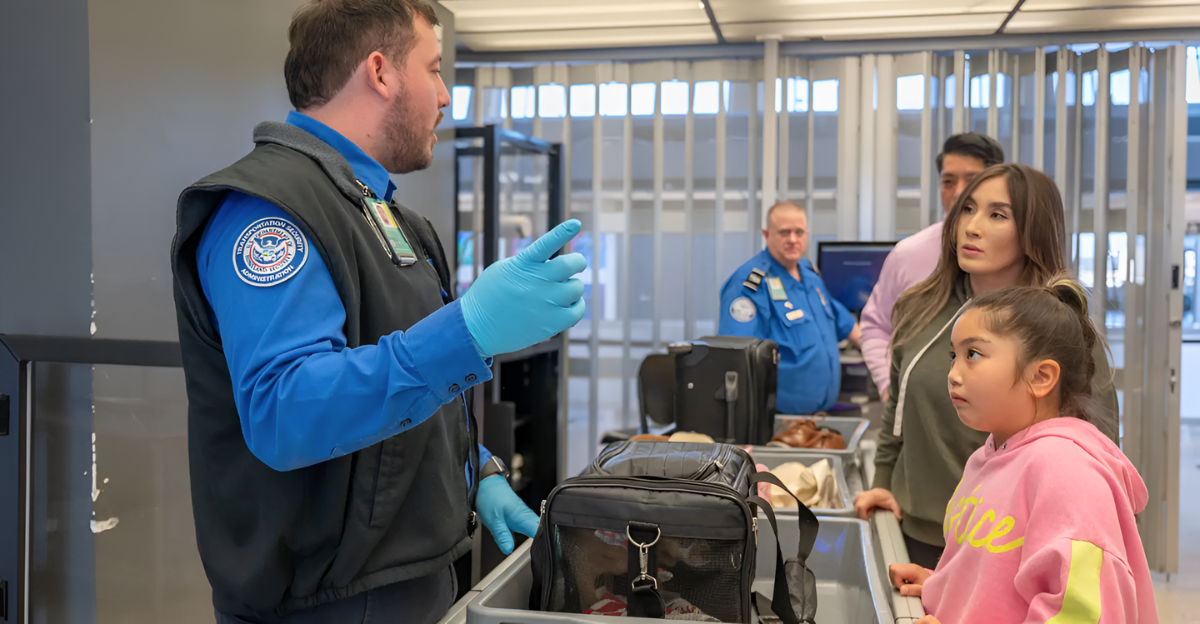
After several high-profile safety scares, the Transportation Security Administration (TSA) has rolled out new baggage restrictions that could affect millions of travelers. The rules, announced for the period between August 20 and 23 and now in effect nationwide as of August 25, expand the list of items banned from checked luggage at U.S. airports.
According to the TSA’s official site and reports from CNN and USA Today, the changes focus on devices and materials tied to in-flight fire risks. That means passengers must think twice before tossing certain gadgets or gear into their bags. For many, knowing the updated rules could be the difference between breezing through security or losing expensive belongings before takeoff.
Why TSA Changed the Rules
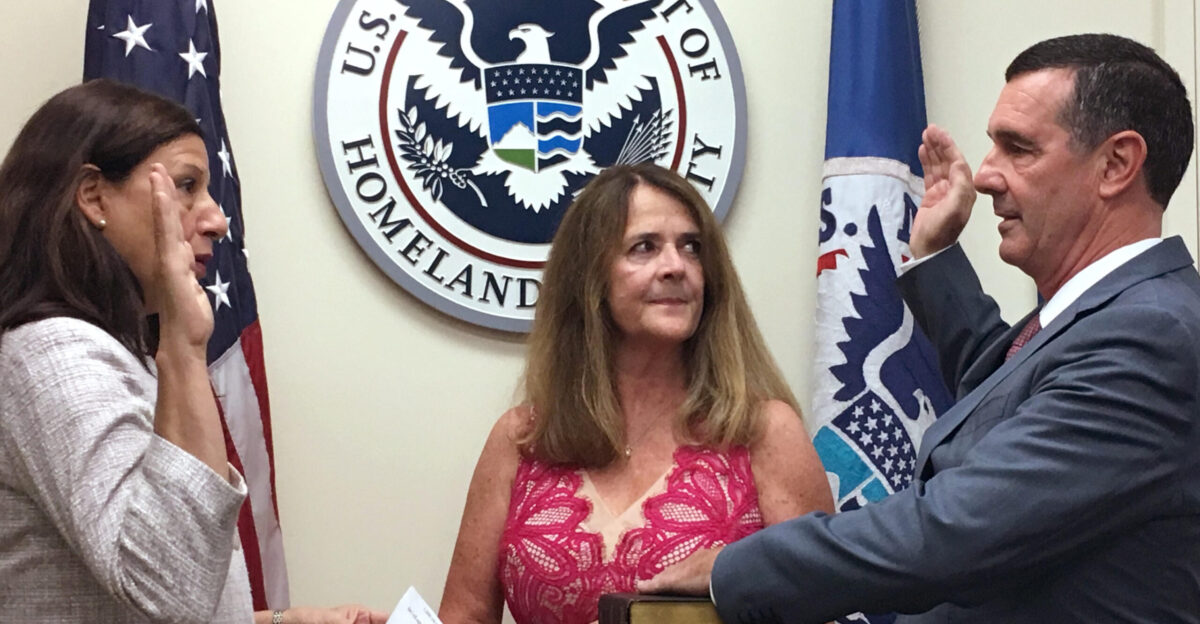
Behind the new bans are real safety incidents that caught regulators’ attention. The FAA and TSA reported a rise in fires linked to butane cartridges, lithium batteries, and gas-fueled tools stored in cargo holds. Experts emphasize that crews cannot respond fast enough once a fire starts beneath the cabin.
Aviation analyst John Cox told USA Today that “fire in the hold is one of the most serious threats in aviation.” TSA is aligning U.S. rules with international standards by tightening restrictions and aiming to prevent the next mid-air emergency before it starts.
What Travelers Should Expect
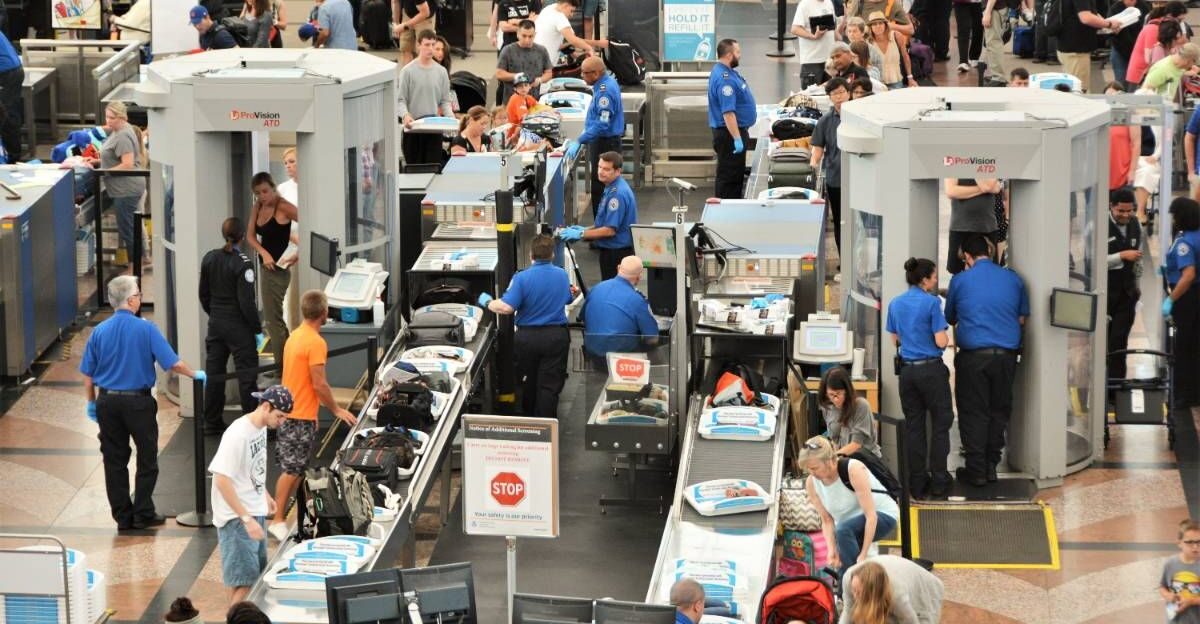
The change isn’t theoretical; it’s practical for passengers. Anyone packing cordless styling tools, vaping devices, or spare gas cartridges could now face confiscation at the airport. Officers are instructed to seize these items immediately, and replacements are rarely returned.
In a recent briefing, TSA Administrator David Pekoske reminded travelers, “Our priority is to keep the skies safe, even if that means some inconvenience at the checkpoint.” The takeaway is that one overlooked gadget could mean delays, missed connections, or the loss of an item you planned to use at your destination.
Navigating the Fine Print

TSA’s rulebook isn’t just about what you can’t bring; it’s about how small details decide whether your bag clears or gets pulled. Items with unusual power sources, sharp edges, or combustible parts are judged case-by-case, often right at the checkpoint. Officers can inspect, test, or confiscate anything that raises concern, even if it appears permitted online.
For travelers, that means the safest move is to double-check official guidance and expect flexibility. In practice, the final decision always rests with the officer before you. Below is a breakdown of the key items travelers should watch for, each with its own rules and consequences.
1. Cordless Curling Irons with Gas Cartridges
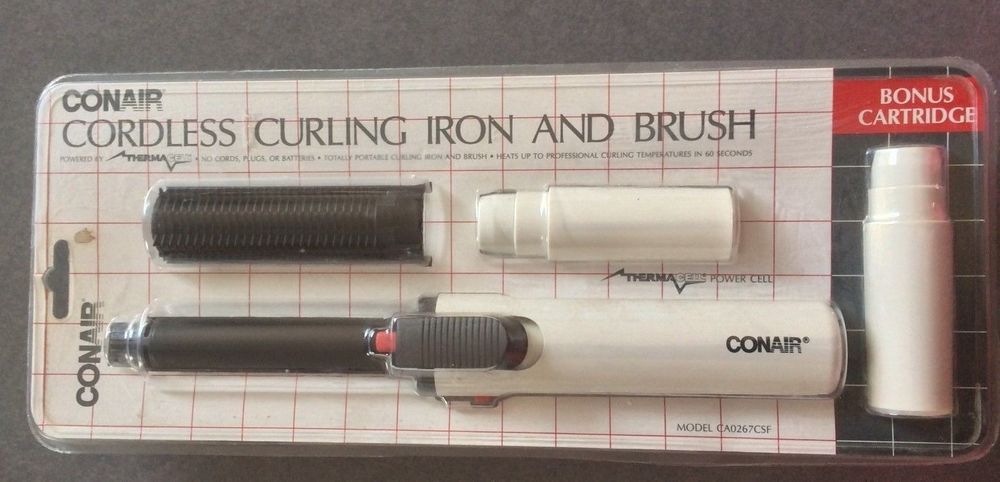
Cordless curling irons powered by butane or gas cartridges are officially banned from checked baggage as of August 2025. TSA clarifies that even unused or factory-sealed cartridges fall under the ban. The exception is that travelers may bring one of these tools in a carry-on if it has a fitted safety cap and no spare cartridges are packed.
Officials say this balance allows personal use while eliminating the larger fire risk. For frequent flyers, the simplest solution is switching to plug-in models that avoid these restrictions entirely.
2. Gas-Powered Hair Straighteners

Gas-fueled flat irons and straighteners fall under the same restrictions, mainly due to their combustible butane cartridges. FAA documentation shows residual gas—even in partially used cartridges—can trigger dangerous pressure changes during flights. TSA officers now treat all butane appliances as prohibited in checked baggage.
As with curling irons, one capped tool may travel in hand luggage, but spares are barred. Salon professionals and beauty-conscious travelers are urged to plan with corded tools or battery-free alternatives to avoid confiscation.
3. Spare Gas Cartridges of Any Kind
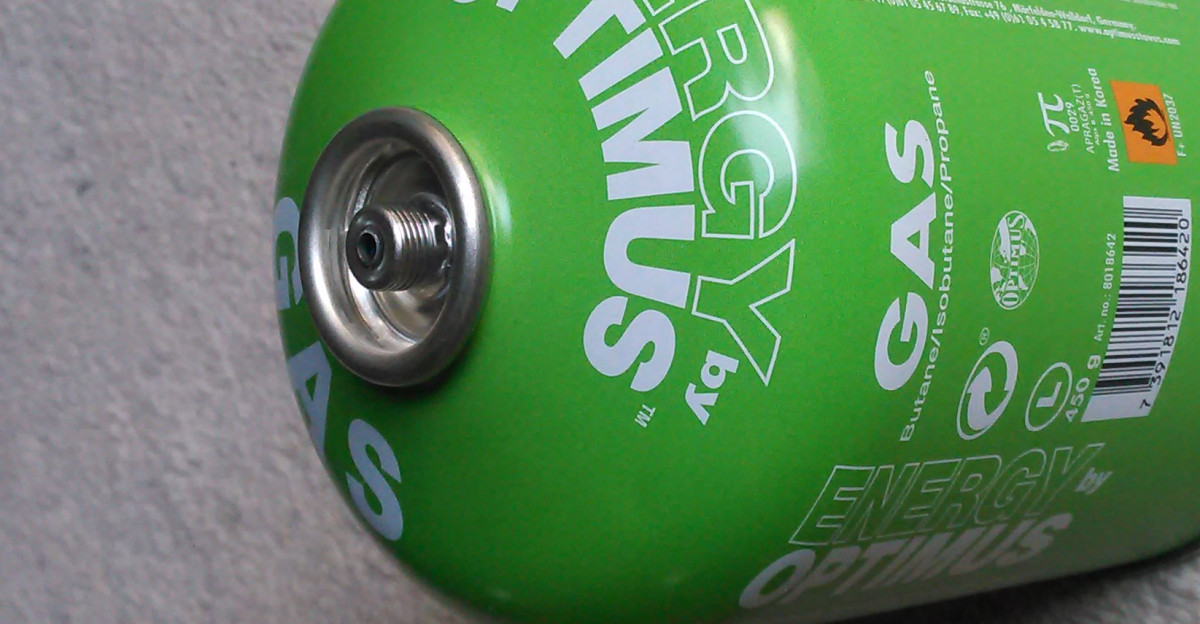
All spare gas cartridges—whether designed for hair tools, small stoves, or other devices—are now excluded from checked luggage. TSA’s August guidance clarifies that packaging or protective cases don’t matter; if it’s a cartridge, it’s not allowed in the hold.
These items have been tied to past incidents of explosive decompression and fire risk, making them among the highest-priority removals. Adventure travelers are advised to purchase fuel at their destination instead of trying to pack it, ensuring safety while avoiding an inevitable confiscation at security.
4. Cordless Hair Tools with Lithium Batteries
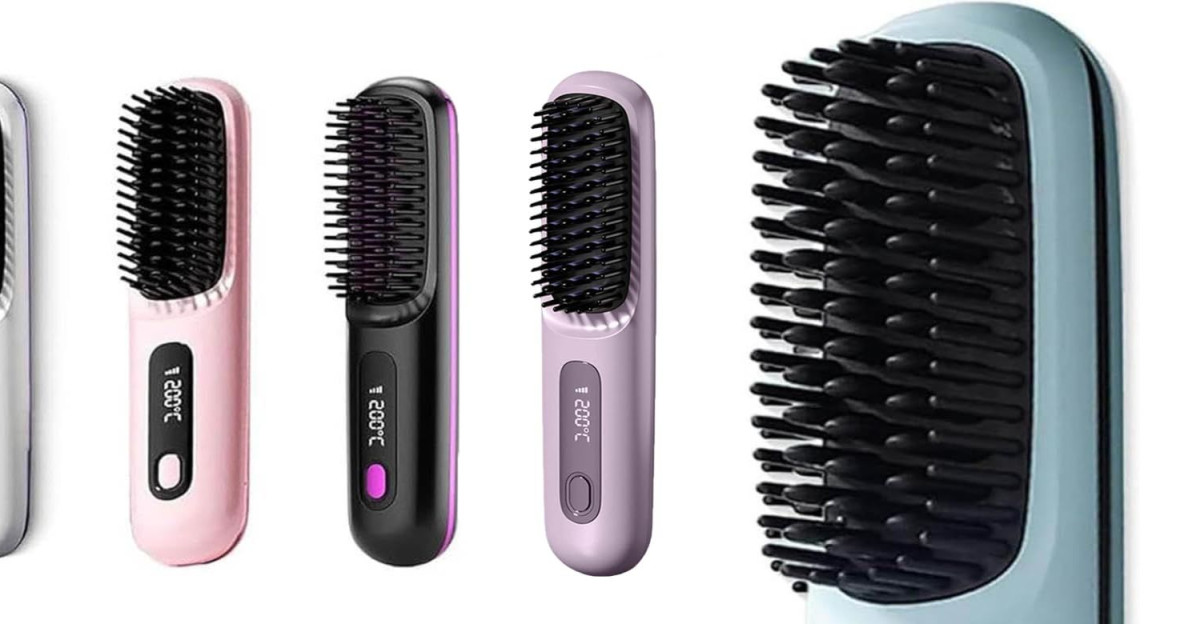
The new rules also close a gap around battery-powered styling tools. Devices with lithium batteries—such as popular cordless curlers and straighteners—are now prohibited in checked bags. Lithium cells are known fire hazards under fluctuating temperatures, confirmed by the FAA after several cargo-hold incidents.
TSA guidance allows them in carry-ons only if the heating element is safely capped and the device cannot be switched on accidentally. No spare batteries are permitted in checked bags, making cabin storage the only compliant option for these tools.
5. Loose Lithium Batteries
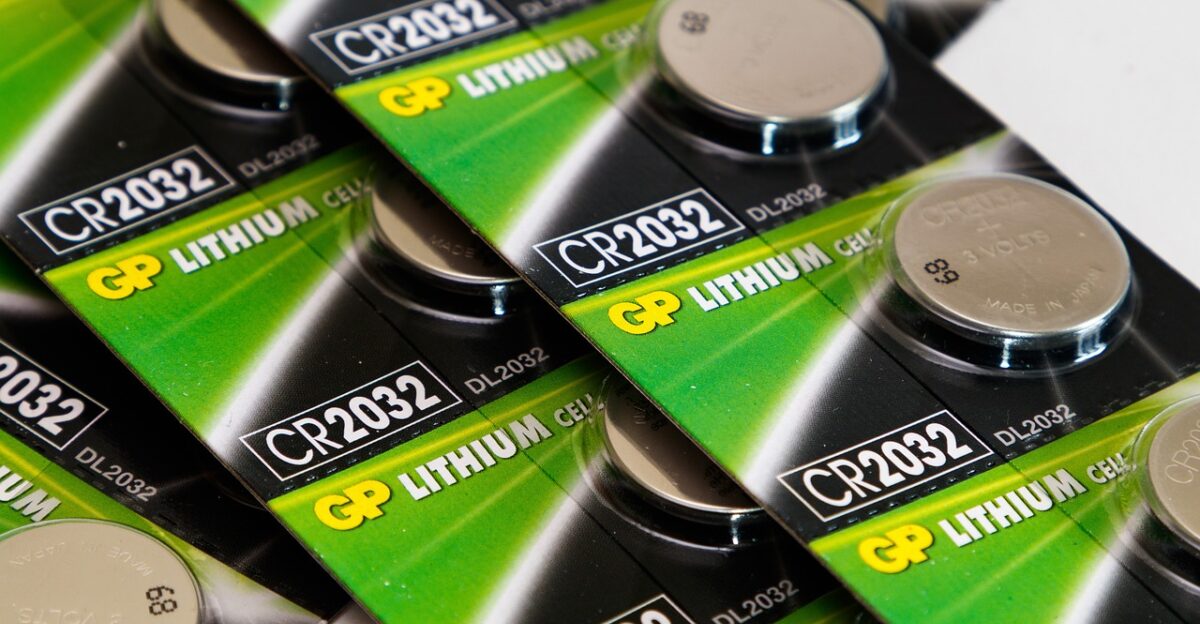
Spare lithium batteries, including those for laptops, drones, and cameras, remain prohibited in checked baggage. The rule isn’t new, but TSA says enforcement has been stepped up. Fires linked to “thermal runaway” in cargo holds are a leading reason for the global ban.
Instead, all spares must travel in carry-ons with protective covers or tape over the terminals. Airlines also encourage storing them in separate pouches to prevent accidental contact. Ignoring this rule guarantees removal during screening and may even result in fines if deemed reckless.
6. E-Cigarettes and Vaping Devices

E-cigarettes, vape pens, and other battery-powered smoking devices are no longer permitted in checked luggage. Aviation safety groups point to multiple cases of vapes overheating in storage and sparking flames. TSA now requires all such devices to be carried in the cabin, either in a pocket or a carry-on bag, and use is strictly forbidden during flight.
The policy mirrors those of major international carriers, reducing inconsistencies for global travelers. Vaping fans are advised to pack only what’s essential and expect heightened scrutiny at security checkpoints.
7. Fuel Canisters and Camping Stoves
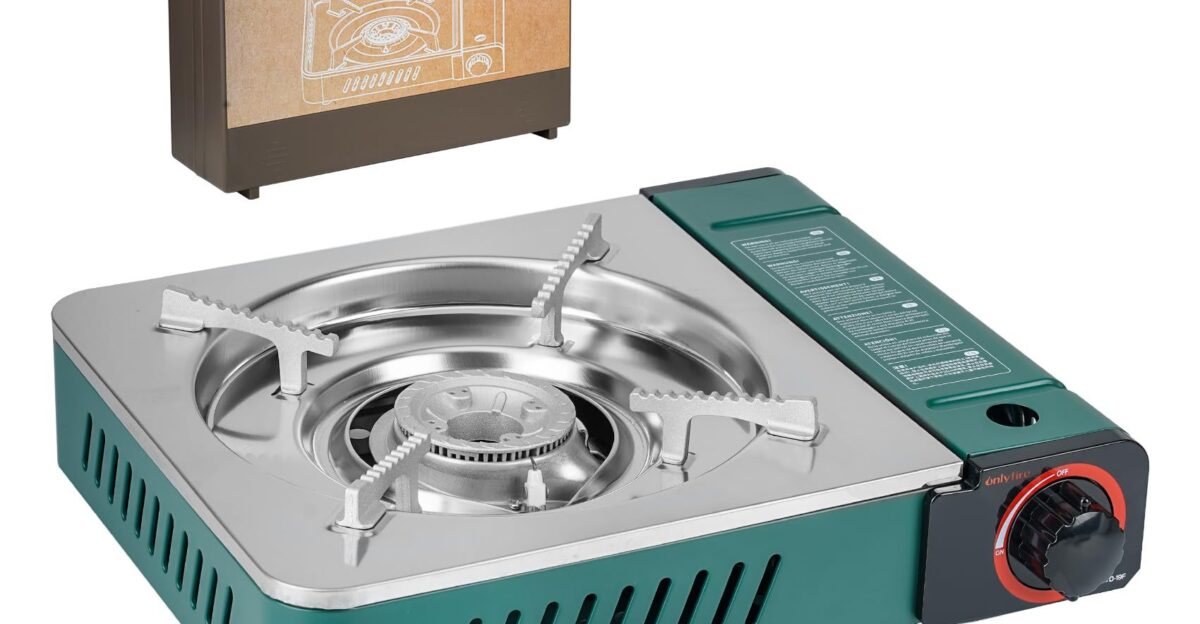
Flammable fuel canisters—commonly used for camp stoves—are among the most strictly banned items. TSA stresses that even empty containers or stoves can retain residue, which poses ignition risks in pressurized environments. Outdoor enthusiasts are urged to thoroughly clean any camping gear before flying and to purchase fuel only once they arrive at their destination.
Some carriers even recommend shipping stoves separately if they have been used recently, minimizing the chances of a security dispute. When in doubt, travelers should err on the side of leaving fuel-related gear at home.
8. Sharp Camping and Sports Gear

Tools like axes, tent stakes, climbing picks, and certain multi-tools are being more aggressively flagged during screening. TSA explains that these items present potential security threats and risk of injuring baggage handlers. Reports of punctured luggage and workplace accidents prompted the stricter stance.
Hikers and campers are encouraged to pack gear carefully or consider renting equipment at their destination. While some small tools are still permitted in checked bags, expect closer inspections and, in many cases, removal if officers judge them unsafe.
9. Powders Like Protein and Drink Mixes

Powdered substances are technically allowed in checked bags, but TSA applies extra scrutiny to amounts over 12 ounces. Substances such as protein powders, pancake mixes, and supplements often resemble restricted materials on X-ray scans. If flagged, they may be tested or confiscated, leading to delays.
Travelers who rely on powders are advised to divide them into smaller containers and label them clearly. The TSA recommends carrying only what you’ll realistically use on the trip, reducing suspicion and airport screening time.
10. Toy Weapons and Props

TSA officers increasingly scrutinize toy weapons, ranging from foam swords to realistic-looking toy guns. Even children’s items may be removed if they resemble firearms or blades. Families have reported distress when toys were taken unexpectedly, prompting the TSA to remind travelers that appearance is the deciding factor, not intent.
Parents can avoid disappointment by packing only toys with clearly non-threatening designs or discussing alternatives with their kids before the trip. As security agents said, it won’t make it through if it looks real on a scanner.
11. Grooming Tools with Unlabeled Batteries
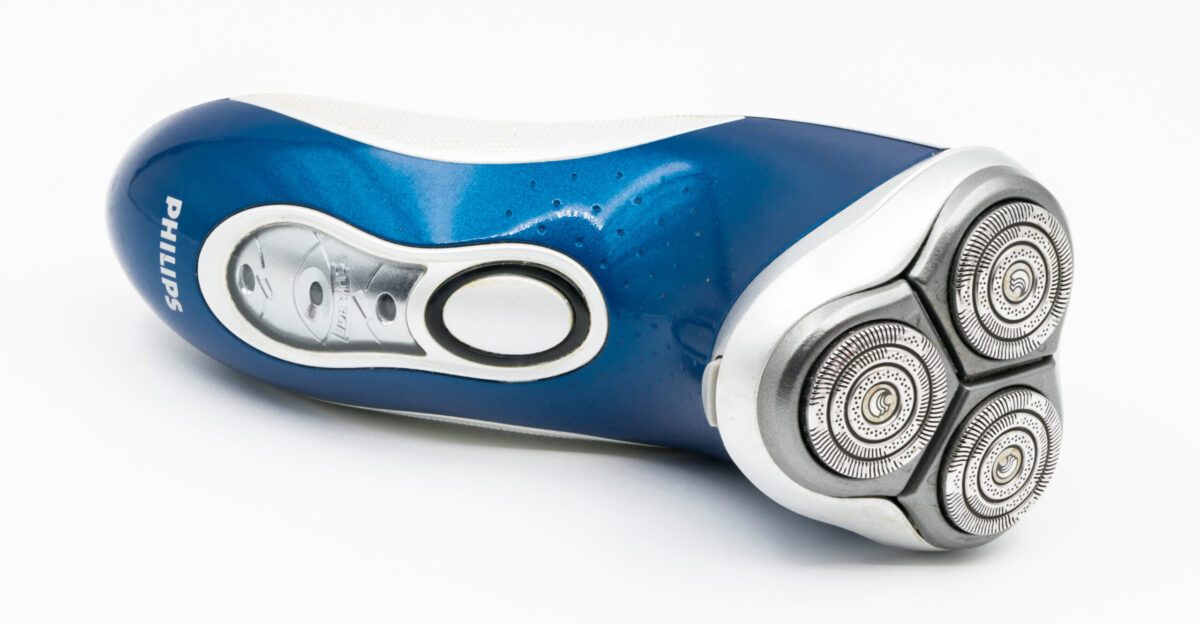
Another surprise for travelers has been the confiscation of electric razors, toothbrushes, and other grooming gadgets when battery specifications aren’t clearly marked. TSA officers say unlabeled devices make confirming compliance with lithium rules impossible. Passengers should carry plug-in models or place battery-powered tools in hand luggage to reduce risk.
Labeling devices with tape or keeping the original packaging can also help. However, travelers should be aware that the officer at screening makes the final call, and discretion often leans toward removal if there’s doubt.
12. Foil-Wrapped Foods
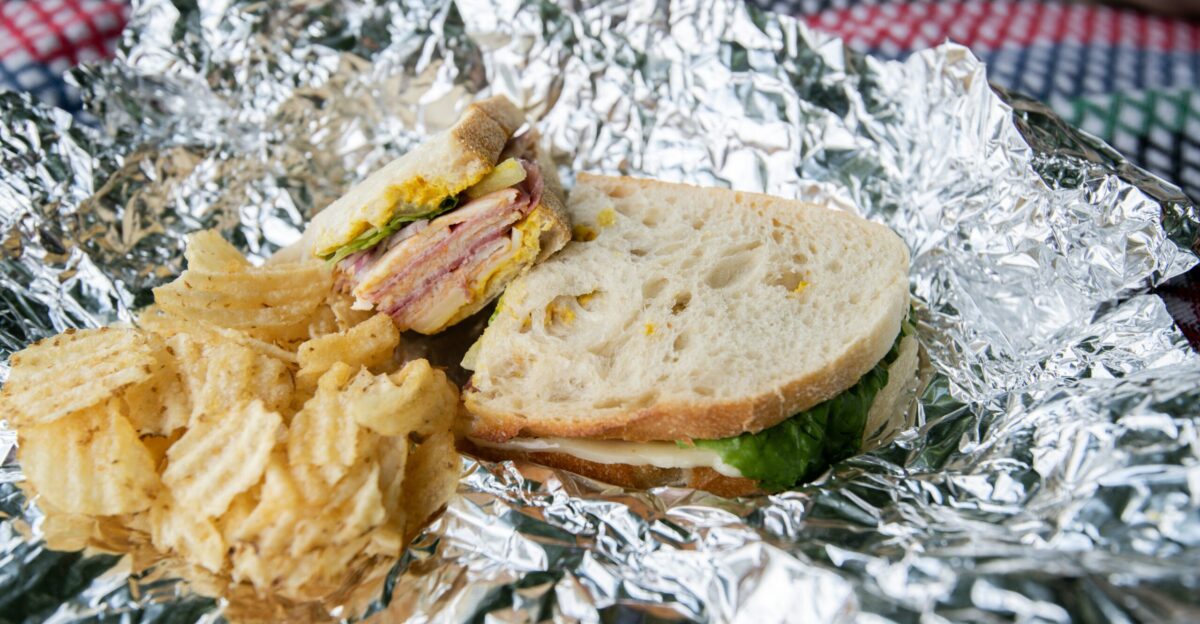
Foil-wrapped snacks aren’t banned outright but are notorious for slowing down security checks. Because foil blocks scanners, TSA agents are often forced to conduct manual inspections, which means even a simple sandwich could cause a delay during peak travel hours.
The TSA recommends packing food in transparent bags or clear plastic containers for smoother passage. Frequent travelers say this minor adjustment saves time and avoids the awkwardness of having an officer unwrap your lunch in front of a line of impatient passengers.
13. Herbal Powders and Incense

Items like incense sticks, sage bundles, or herbal powders aren’t forbidden but often draw closer inspection. Their strong scents or powdery appearance can trigger suspicion, especially under heightened security measures. TSA officers advise keeping such items in their original packaging and declaring them proactively at checkpoints.
Spiritual travelers who treat these goods as essential say being upfront reduces stress and questions. One agent told the Washington Post, “Transparency goes a long way in making the process smoother for everyone involved.”
Staying Updated in Real Time
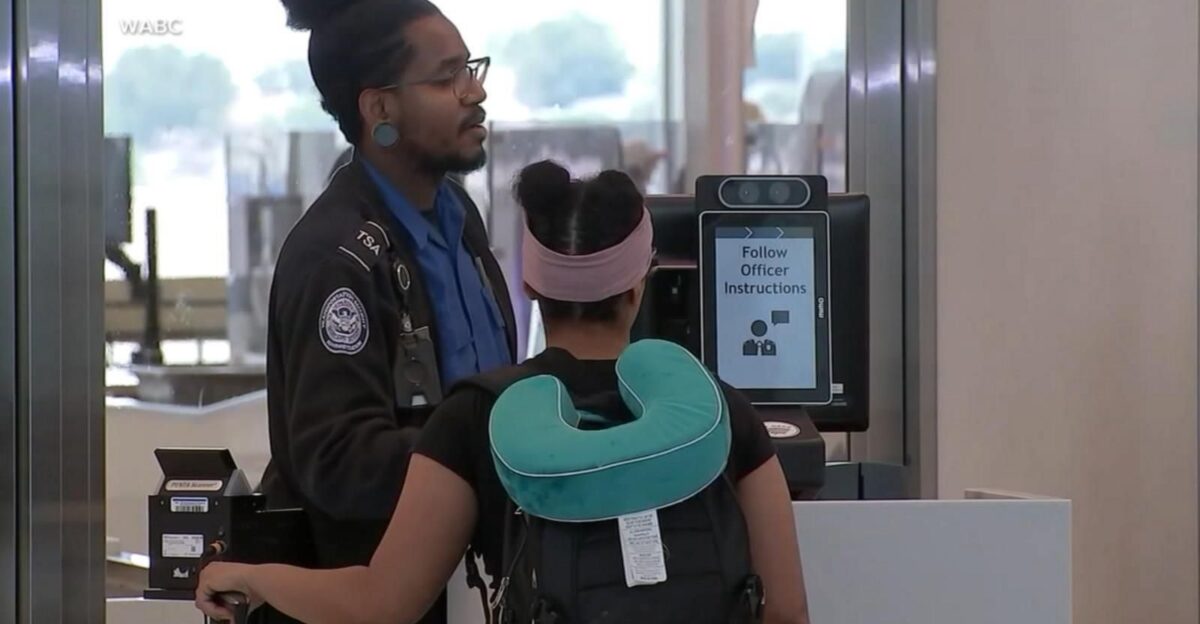
The most crucial lesson for travelers is that the TSA’s prohibited items list is not static. It evolves in response to incidents, technology, and global aviation standards. Officials urge passengers to check tsa.gov before each trip, since rules that applied last season may no longer be valid.
Airlines also publish their own variations, sometimes stricter than federal guidance. Frequent travelers know the best safeguard is staying informed and being flexible when rules shift, because they almost always do.
Smarter Packing in 2025
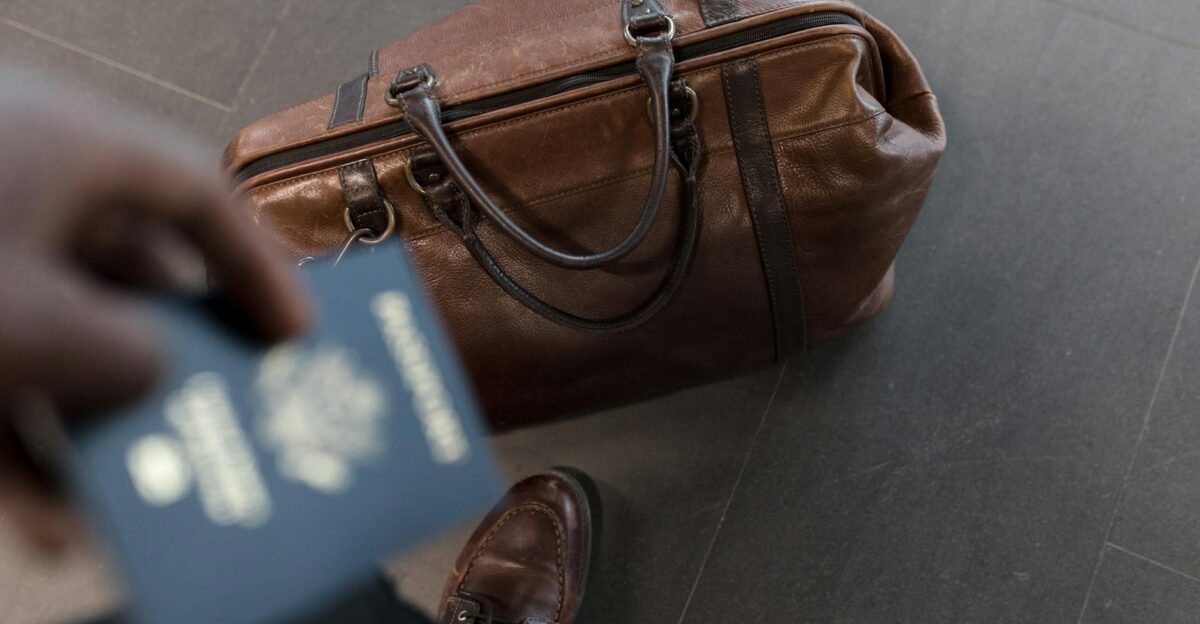
Packing has become as much a strategy as a necessity. Experts suggest sticking to corded devices for checked bags, carrying all lithium-powered gadgets on board, and keeping powders and snacks visible. With baggage allowances tighter than ever, every item counts, and TSA enforcement leaves little room for improvisation.
Travelers who plan carefully at home are rewarded with fewer surprises at the airport. In today’s security climate, a few minutes of preparation can mean the difference between breezing through and starting a trip with unnecessary stress.
Global Consistency—or Lack Thereof
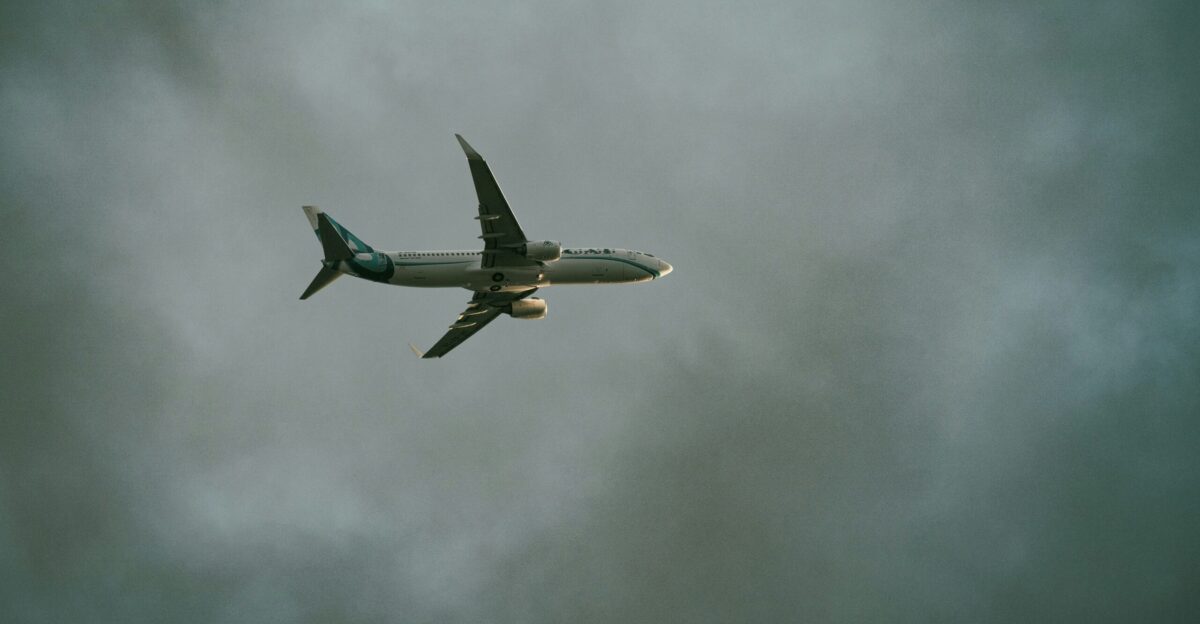
While TSA rules cover domestic flights, many international airports have variations. Canada, Europe, and Australia follow similar bans, but enforcement levels differ. Some Asian carriers prohibit items that U.S. airlines allow, and vice versa. The key is never to assume.
Always check the airline’s policies, particularly for connecting flights that cross borders. A gadget cleared in Chicago might not surpass screening in Frankfurt or Sydney. Veteran travelers now treat checking international lists as a non-negotiable part of their pre-trip routine.
The Traveler’s Bottom Line
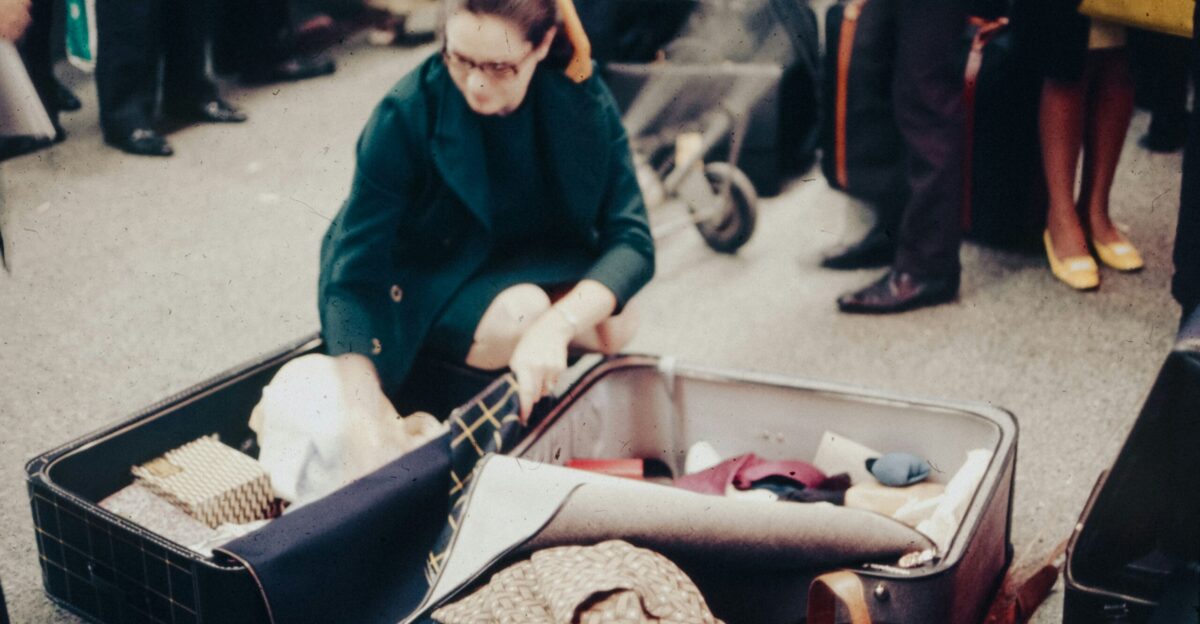
At the heart of these new TSA rules is a reminder that air travel safety is never static. Regulations shift as new risks emerge, and what seemed harmless yesterday may be off-limits tomorrow. For everyday travelers, that means adapting, double-checking, and accepting that some inconvenience is part of safer skies.
By staying informed and packing smart, you avoid losing valuables and help ensure every passenger and crew member arrives safely. In 2025, awareness will be as essential to your trip as your passport.